Blog Posts Tagged Corrosion Module

Modeling Stray Currents from a Light Rail Transit System
The rails in LRT systems can induce stray currents, which may corrode nearby underground metallic structures. Learn how modeling can be used to help.
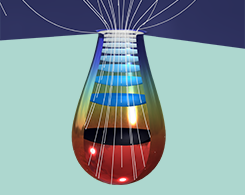
Modeling Pitting Corrosion in COMSOL Multiphysics®
When the process of generalized corrosion is allowed to continue, the initialization of a pit may occur on the metal surface, which is also referred to as the Evans drop experiment.
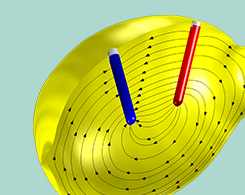
Approaching an Electrochemical Model from Scratch: Lemon Battery
The lemon battery: A high school chemistry experiment, and a great example when learning the general process for how to set up electrochemistry and battery models from scratch.
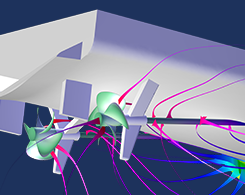
How to Simulate Impressed Current Cathodic Protection
2 common methods for protecting metal structures against galvanic corrosion are sacrificial anode cathodic protection (SACP) and impressed current cathodic protection (ICCP).
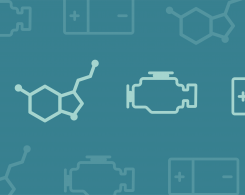
Taking a Look at Electrochemical Treatment for Tumors via Modeling
EChT offers many benefits for the treatment and removal of cancerous tumors, so why isn’t it a widely accepted method yet? First, we need a better understanding of tumor destruction mechanisms.
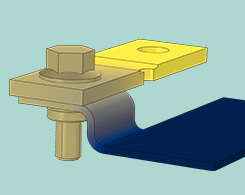
Protecting Against Atmospheric Corrosion with Simulation
Certain environmental factors, such as humidity and snow, can lead to atmospheric corrosion. The result? Rusty bikes, cars, and other metal structures. Simulation can protect against this effect.

Multiphysics Modeling of Stress Corrosion in Underground Pipelines
Stress corrosion is a phenomenon that causes degradation in underground pipelines. Learn how to use multiphysics modeling to understand and predict its occurrence.
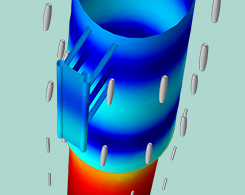
Model Electrodes with Nonideal Connectivity in Corrosion Analyses
Learn the appropriate boundary conditions for performing a corrosion analysis in which an electrode is connected to an external short circuit.
